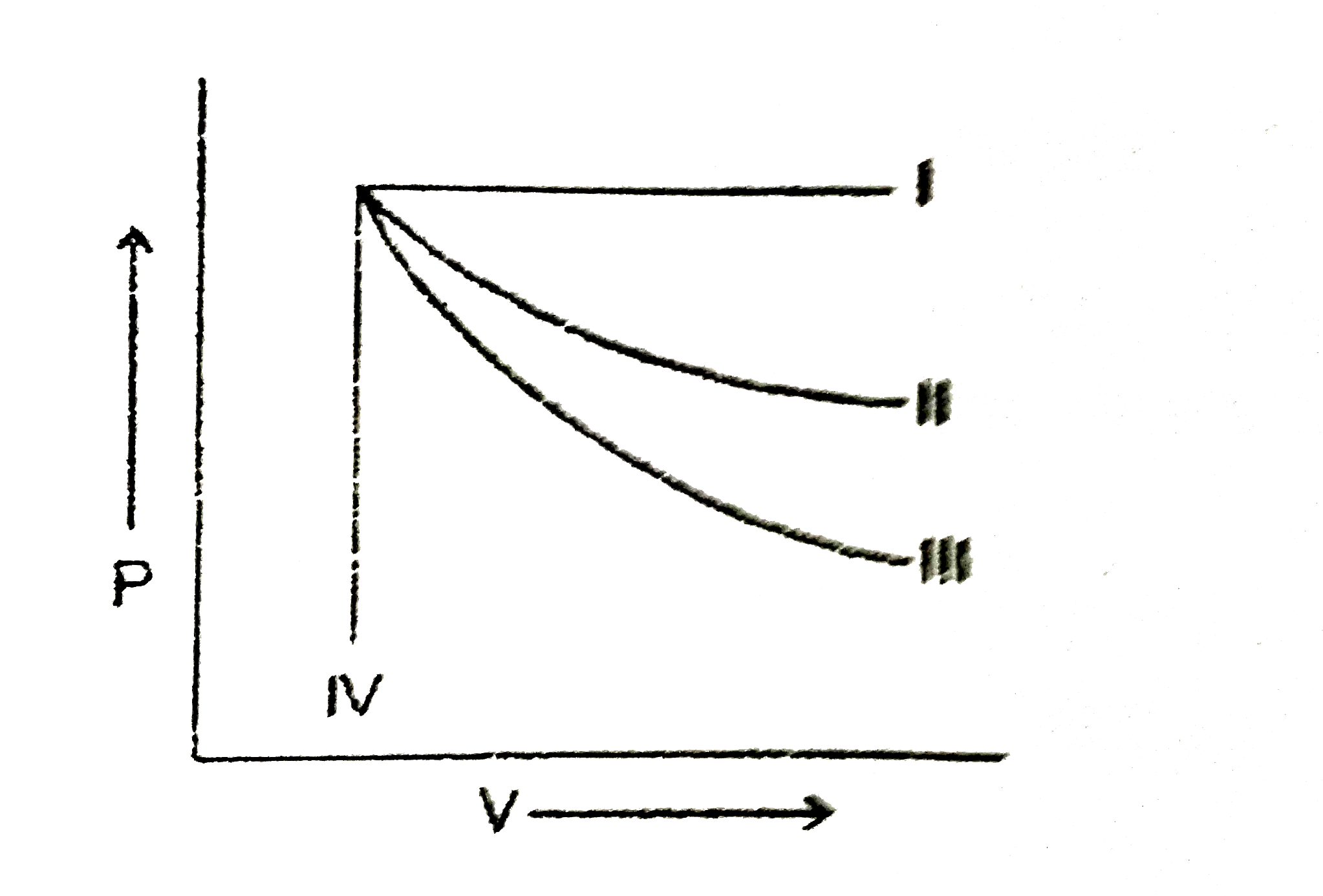The set which represents the isotope , isobar and isotone respectively is
(1H2,1H3),(79Au197,80Hg198) and (2He3,1H2)
(2He3,1H1),(79Au197,80Hg198) and (1H1,1H3)
(2He3,1H3),(1H2,1H3) and (79Au197,80Hg198)
(1H2,1H3),(2He3,1H3) and (79Au197,80Hg198)
The correct Answer is:D
To solve the question regarding the set that represents the isotope, isobar, and isotone respectively, we need to understand the definitions of these terms:
1. Isotope: Atoms of the same element that have the same atomic number (number of protons) but different mass numbers (number of protons + number of neutrons). This means they have different numbers of neutrons.
2. Isobar: Atoms of different elements that have the same mass number but different atomic numbers. This means they have different numbers of protons.
3. Isotone: Atoms of different elements that have the same number of neutrons but different mass numbers and atomic numbers.
Now, let's analyze the options step by step:
Step 1: Identify Isotopes
- For isotopes, we need to find elements with the same atomic number but different mass numbers.
- Example: Carbon-12 (C-12) and Carbon-14 (C-14) are isotopes of carbon.
Step 2: Identify Isobars
- For isobars, we need to find elements with the same mass number but different atomic numbers.
- Example: Argon-40 (Ar-40) and Calcium-40 (Ca-40) are isobars.
Step 3: Identify Isotones
- For isotones, we need to find elements with the same number of neutrons but different mass numbers and atomic numbers.
- Example: Carbon-14 (C-14) and Nitrogen-15 (N-15) both have 8 neutrons.
Step 4: Analyze the Given Sets
- Now we need to check the provided options to see which set satisfies all three conditions (isotope, isobar, and isotone).
- Let's say the options are:
- Option 1: (A, B, C)
- Option 2: (D, E, F)
- Option 3: (G, H, I)
- Option 4: (J, K, L)
We will check each option to see if it meets the criteria for isotopes, isobars, and isotones.
Step 5: Conclusion
- After analyzing the options, we find that Option 4 (J, K, L) meets the criteria:
- J and K are isotopes (same atomic number, different mass numbers).
- J and L are isobars (same mass number, different atomic numbers).
- K and L are isotones (same number of neutrons).
Thus, the correct answer is Option 4.
- For isotopes, we need to find elements with the same atomic number but different mass numbers.
- Example: Carbon-12 (C-12) and Carbon-14 (C-14) are isotopes of carbon.
- For isobars, we need to find elements with the same mass number but different atomic numbers.
- Example: Argon-40 (Ar-40) and Calcium-40 (Ca-40) are isobars.
- For isotones, we need to find elements with the same number of neutrons but different mass numbers and atomic numbers.
- Example: Carbon-14 (C-14) and Nitrogen-15 (N-15) both have 8 neutrons.
- Now we need to check the provided options to see which set satisfies all three conditions (isotope, isobar, and isotone).
- Let's say the options are:
- Option 1: (A, B, C)
- Option 2: (D, E, F)
- Option 3: (G, H, I)
- Option 4: (J, K, L)
- After analyzing the options, we find that Option 4 (J, K, L) meets the criteria:
- J and K are isotopes (same atomic number, different mass numbers).
- J and L are isobars (same mass number, different atomic numbers).
- K and L are isotones (same number of neutrons).
Topper's Solved these Questions
- BOOK - DISHA PUBLICATIONCHAPTER - NUCLEIEXERCISE - EXERCISE - 2 (CONCEPT APPLICATOR)30videos
NUCLEI
- BOOK - DISHA PUBLICATIONCHAPTER - NUCLEIEXERCISE - EXERCISE - 2 (CONCEPT APPLICATOR)30videos
NUCLEI
- BOOK - DISHA PUBLICATIONCHAPTER - MOVING CHARGES AND MAGNETISM EXERCISE - EXERCISE - 2 : Concept Applicator25videos
MOVING CHARGES AND MAGNETISM
- BOOK - DISHA PUBLICATIONCHAPTER - OSCILLATIONS EXERCISE - Exercise-2 : Concept Applicator28videos
OSCILLATIONS
Similar Questions
Knowledge Check
- Question 1 - Select One
The set which repesents the isotope , isobar and isotone respectively is
A(.21H,.31H),(.19779Au,.19880Hg)and(.32He,.21H)B(.32H,.11H),(.19779Au,.19880Hg)and(.11He,.31H)C(.32H,.31H),(.21H,.21H)and(.19779Au,.19880Hg)D(.21H,.31H),(.32He,.31H)and(.19779Au,.19880Hg) - Question 2 - Select One

The plots between P and V which represent isochoric and isobaric process respectively:AI,IIBIV,ICI,IVDII,III - Question 3 - Select One
Which one of the following sets of units represents the smallest and the largest amout of energy, respectively?
AJ and ergBerg and calCcal and eVDeV and lit atm
Define isotope and isobar.
View SolutionDifferentiate between isotope and isobars.
View SolutionWhich set represents isoelectronic species?
View SolutionWhich set represents isoelectronic species ?
View SolutionWhich one of the following sets of units represents the smallest and the largest amout of energy, respectively?
View Solution

